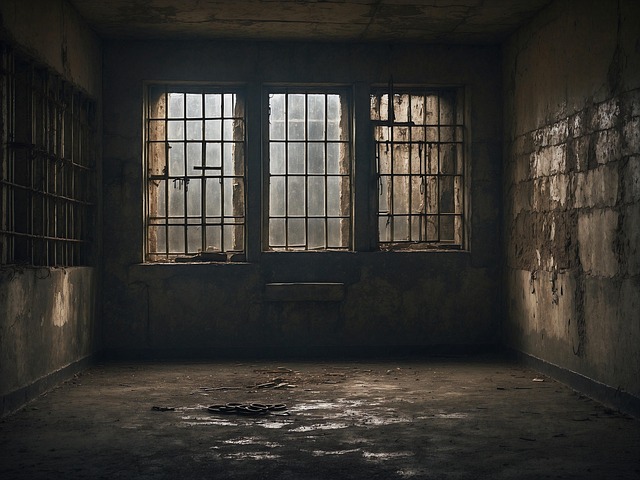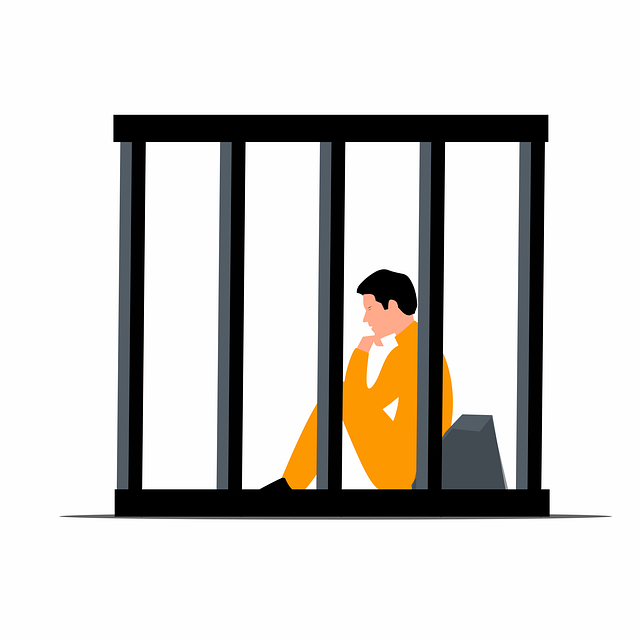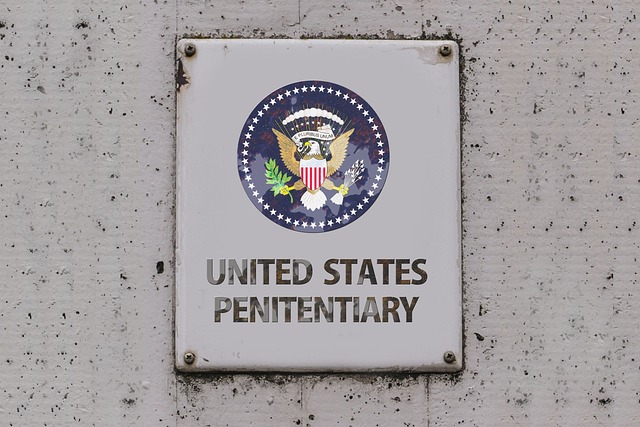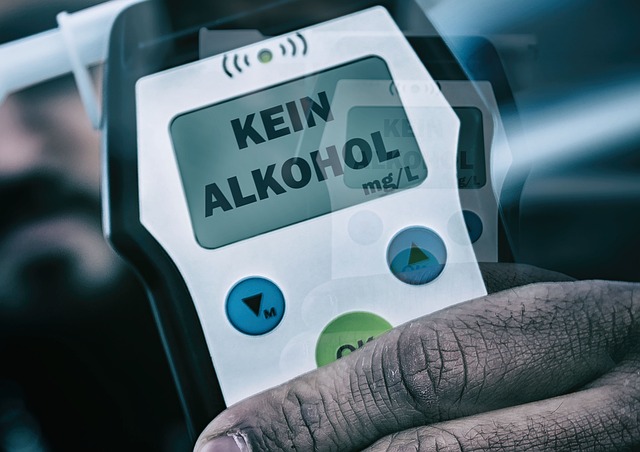DUI insurance rate adjustments vary greatly based on geographical location. Urban areas with higher populations and quick emergency services typically experience less drastic rate increases after a DUI due to lower perceived risk. Rural areas, facing fewer patrol officers and longer response times, often have stricter insurance requirements and more significant rate hikes for DUI convictions. Understanding these regional differences is crucial for drivers navigating insurance adjustments post-DUI.
In the realm of driving under the influence (DUI) laws, a striking contrast exists between rural and urban areas. This article delves into the nuanced differences that shape legal consequences and insurance rate adjustments. While urban DUI cases often involve high-traffic densities and stricter penalties, rural settings present unique challenges. Understanding these disparities is crucial for those facing DUI charges, as it can significantly impact their future, especially regarding Insurance Rate Adjustments after DUI.
- Understanding Rural and Urban DUI Laws
- Insurance Rate Adjustments: Key Differences
- Navigating Legal Consequences in Different Settings
Understanding Rural and Urban DUI Laws

DUI laws vary significantly between rural and urban areas, with implications extending beyond penalties. This disparity is largely due to differences in population density and driving patterns. In urban centers, with high population densities and intricate road networks, law enforcement has easier access to monitor and enforce DUI regulations. As a result, urban DUI laws often include stricter measures and penalties, reflecting the heightened risk of accidents and the potential for more severe consequences.
In contrast, rural areas present unique challenges. Lower population densities mean fewer patrol officers, making it harder for law enforcement to actively monitor driving under the influence. Consequently, rural DUI laws may have different focus points, emphasizing education and prevention over strict penalties. One notable difference is how insurance rate adjustments after a DUI are handled; rural areas might experience less dramatic increases in premiums due to lower overall risk profiles compared to urban regions.
Insurance Rate Adjustments: Key Differences

In many regions, insurance rate adjustments play a significant role in the aftermath of a DUI (Driving Under the Influence) conviction. This is where rural and urban areas often find themselves with notable disparities. Rural residents might face stricter insurance requirements due to lower population densities and limited access to emergency services. As a result, insurers may charge higher premiums to compensate for potential increased risk and response times. Conversely, urban areas with more densely packed populations and quick-response emergency services could see less drastic insurance rate adjustments after a DUI. This is because the risk of accidents and immediate access to help are generally perceived as lower in urban settings.
When it comes to insurance rate adjustments after a DUI, understanding these regional differences is crucial. Drivers in rural areas may need to budget for potentially higher premiums due to their unique circumstances, while urban residents might experience less substantial changes. This disparity underscores the varied risk assessments and service availability across different landscapes, directly impacting post-DUI insurance costs.
Navigating Legal Consequences in Different Settings

In rural settings, individuals facing DUI charges may encounter different legal landscapes compared to their urban counterparts. Rural areas often have less stringent laws and fewer resources dedicated to enforcing DUI regulations. This can result in varied sentencing and penalties, with some courts offering more lenient options like community service or reduced jail time. However, these regions might also lack the advanced rehabilitation programs available in urban centers, limiting access to specialized treatment for offenders.
When it comes to insurance rate adjustments after a DUI, rural and urban areas can differ significantly. Urban municipalities tend to have stricter regulations and higher rates due to increased accident risks and denser populations. In contrast, rural regions might experience less drastic insurance price hikes as the risk profile of drivers is generally considered lower. Nonetheless, any DUI conviction will impact insurance premiums, and individuals in both settings should expect potential rate adjustments that can affect their financial burden for years to come.
In understanding rural vs. urban DUI laws, it’s clear that significant differences exist, especially regarding insurance rate adjustments. These variations can greatly impact individuals facing DUI charges, affecting their financial burdens and legal strategies. When navigating the post-DUI landscape, being aware of these distinctions is crucial for making informed decisions and managing potential consequences, including insurance premium increases.






